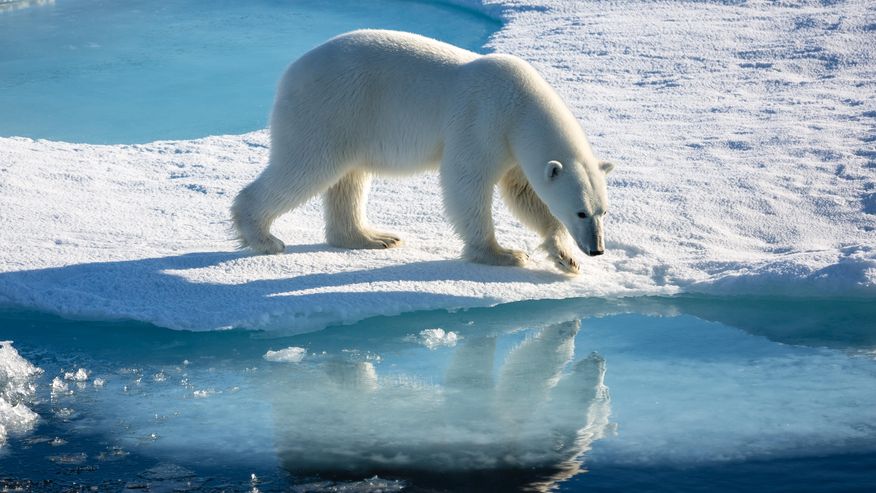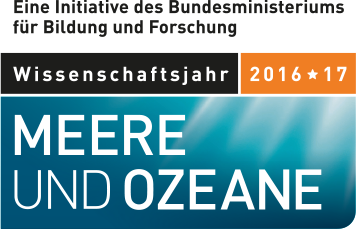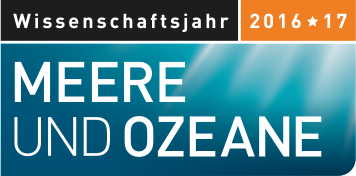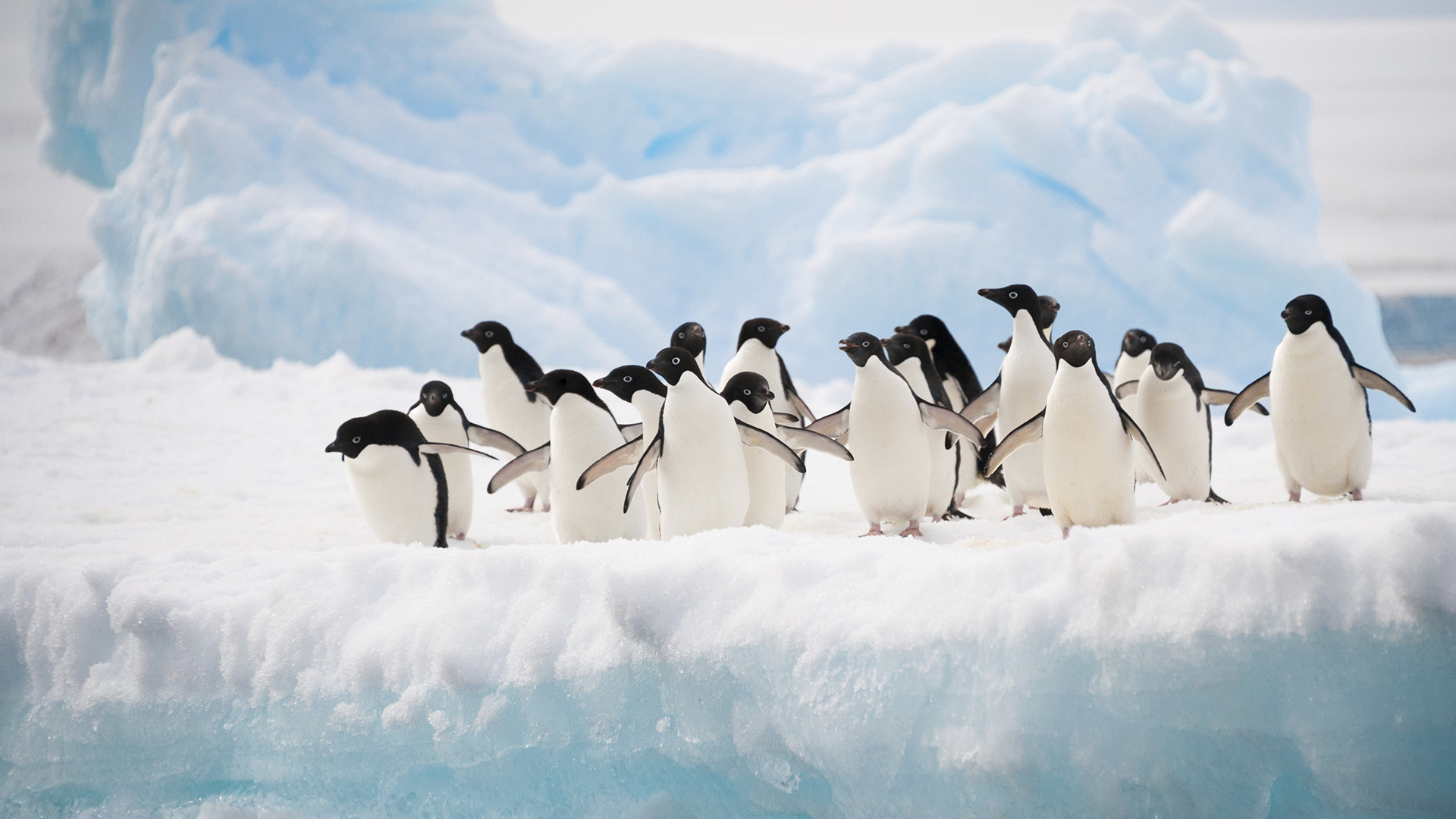Arctic and Antarctic
The extent of the Arctic Sea ice is always at its greatest at the end of March. Ice coverage in 2016 was lower than ever before. Melting Arctic ice masses are causing a change in the large-scale flows of air which also affect our climate. However, this melting process hardly has any effect on sea levels. As we see when an ice cube melts in a glass of water, the ice melts but the water level remains the same. The situation would be different, however, if the ice sheets off the coast of Greenland or on the Antarctic continent were to melt. These are sometimes several thousand metres thick and would cause a rise in sea levels.

The Intergovernmental Panel on Climate Change (IPCC) has modelled various scenarios for a rise in temperature. These show that average global increases in temperature do not provide much information about the geographical distribution of temperature rises. The biggest rises in temperature are expected to affect the North Polar Sea. The IPCC expects a rise in sea levels in 95 percent of all ocean regions. This rise is caused essentially by melting continental ice masses and the increased temperature of the water, whose density depends on its temperature.
When Slopes Start to Slide
Climate-related changes in temperature also affect us far inland; for example, in areas where the ground used to be permanently frozen, so-called permafrost zones. Permafrost zones cover around 25 percent of the Earth's total land surface and are to be found primarily in countries and regions such as Greenland, Alaska, Russia, Canada and China. Thawing permafrost releases the greenhouse gases of carbon dioxide and methane. As a result, the Earth will heat up further and faster.
The decline of permafrost in the Alps is an immediate problem because it leads to the destabilization of slopes with the result that we are already seeing an increase in landslides, rock falls and suchlike. Thawing permafrost is expensive for the Alpine regions because the foundations of infrastructures such as pylons and lift stations are often anchored in frozen loose stone. A decline in permafrost has serious consequences for our ecosystems, whose topography, fauna and vegetation will change.
German Research in the Polar Regions
German scientists have been exploring the Polar regions for over 150 years. The problems may have changed, but the challenges are not any easier. What is more, they are also becoming increasingly global. What will be the long-term effect of the predicted climate change on the atmosphere, oceans and ecosystems? And what consequences will this have for life in the seas and on the continents? To find answers to these questions, German scientists are studying long-term climate and environmental changes at the Neumayer III station in the Antarctic and at the world's most northerly research base, the German-French AWIPEV station on Spitsbergen (Norway).
Research and Industrial Interests at the Poles
Anyone who believes that the Antarctic Treaty means that the uninhabited Antarctic region between 60o and 90o South is reserved exclusively for scientific research is mistaken. Fishing is certainly allowed, provided the Antarctic's ecological balance is safeguarded. The Commission for the Conservation of Antarctic Marine Living Resources (CCAMLR), with its headquarters in Australia, determines quotas for catches of fish and krill in Antarctic waters. But the sensitive ecological balance is under increasing threat from illegal fishing. A possible fall in stocks of the Antarctic krill is particularly worrying because krill is central to the food chain in the Antarctic.
The Arctic differs from the Antarctic in that the geopolitical interests of the littoral states play a key role here. The continued melting of large areas of the Arctic ice has facilitated access to the region. Questions of possible mineral deposits and the potential use of the area for new shipping routes are therefore becoming increasingly important. The sea borders of the littoral states and the mineral deposits presumed outside their Exclusive Economic Zones represent potential fields of conflict in this context. Germany is campaigning internationally for a balance between economic interests, research and environmental protection in the North Polar Sea, both at political level and with the support of its excellent research know-how.


